
PFU America, Inc. Launches ScanSnap Home (for Mobile) App for Award Winning Scanner Series
SUNNYVALE, Calif.--(BUSINESS WIRE)--Jun 22, 2023--
2023-06-22 21:26
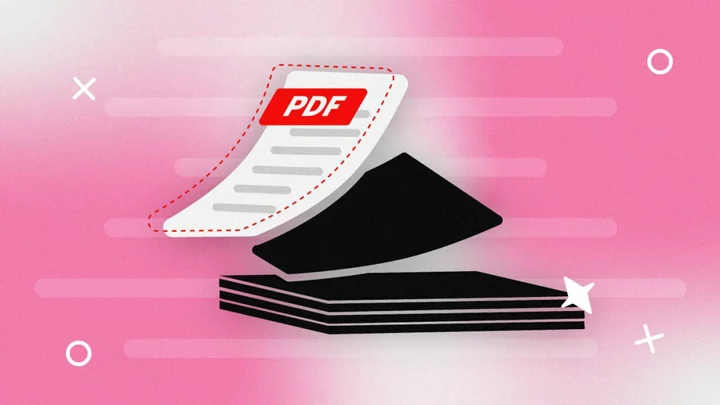
How to Combine PDF Files
Knowing how to combine multiple PDFs into a single file is easy and can make
2023-06-14 05:20
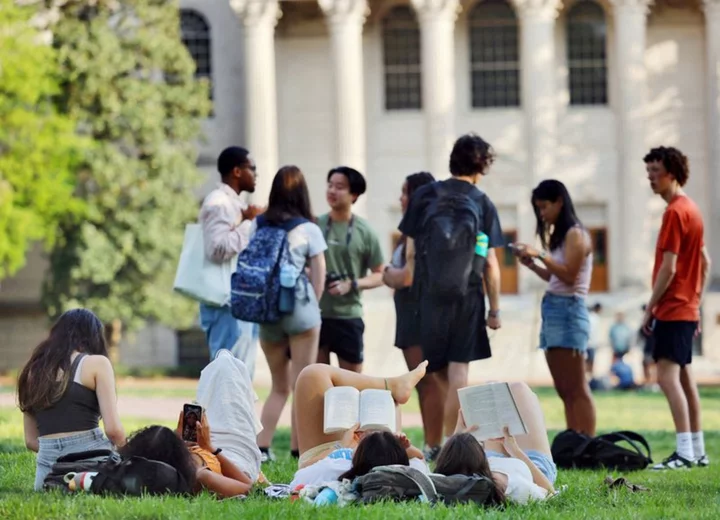
Factbox-Who's who in the Supreme Court's affirmative action cases
By Gabriella Borter The U.S. Supreme Court is due to rule by the end of June on the
2023-05-24 18:21
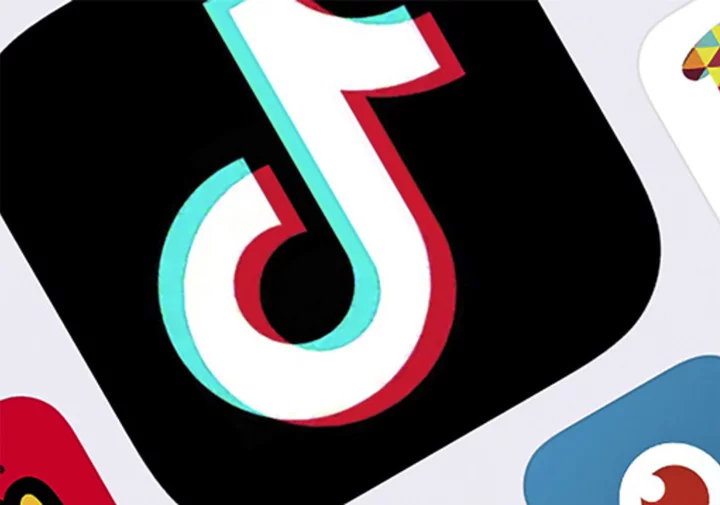
Executive fired from TikTok's Chinese owner says Beijing had access to app data in termination suit
A former executive at TikTok’s parent company ByteDance accuses the tech giant of serving as a “propaganda tool” for the Chinese government
2023-05-13 07:46
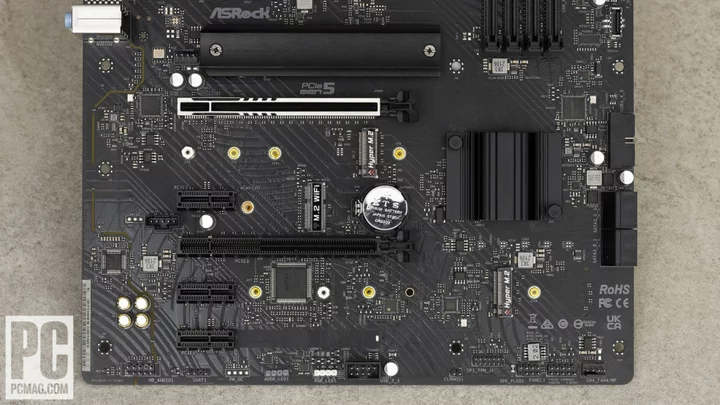
Get Ready for Crazy Fast Speeds With PCIe 7.0
PCIe 6.0 isn’t even here yet, but already the tech industry is starting to draft
2023-06-15 05:20
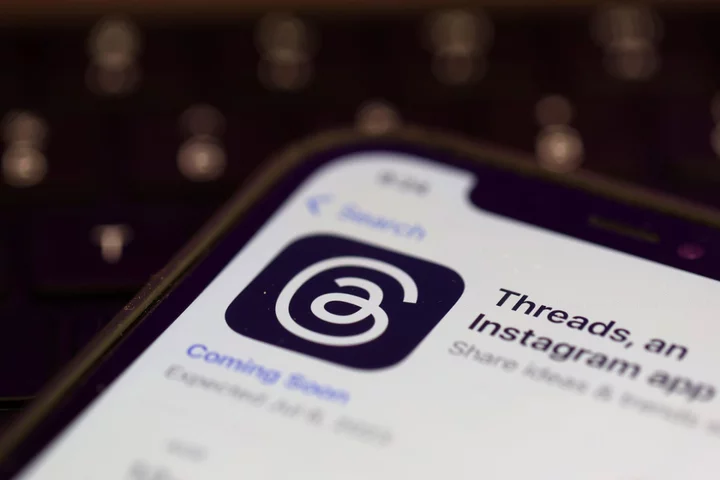
Meta’s Twitter rival Threads sees steep drop in daily users by 80 per cent, report says
Meta’s Twitter rival Threads appears to be struggling to hold on to users as its daily active user count is down by about four-fifth since its launch – just days after it broke records as the fastest-growing app ever. Within a few days of its launch, Instagram’s threads reached 100 million users, making it the most rapidly growing app ever developed. In comparison, OpenAI’s ChatGPT, which was the previous fastest-growing app, took two months to reach 100 million users. Growing at such a rapid rate, Threads easily became the leading competitor of X (formerly Twitter) with about three times as many users as all other rivals combined within hours of launching. But new data assessed by market research firm Sensor Tower suggests Threads is facing challenges in retaining its user base. The firm’s analysis points out that the daily active user count of Threads is down by 82 per cent since the app’s launch as of 31 July, CNN reported. Fewer users are opening the app and doing so less frequently, apart from spending less time there, according to Sensor Tower. Citing the market research firm, CNN said users spent barely three minutes per day on Threads, compared to nearly 20 minutes during its initial launch. Analysis by another firm Similarweb also pointed out that Threads is struggling to retain its users. While the app’s usage peaked on 7 July – immediately after its launch – with over 49 million daily active users on Android alone, this number had fallen to 12.6 million by 23 July, according to a blog post by Similarweb. At its peak, Threads reportedly had over a third of X’s audience on that platform, but by 23 July, this had dropped to about 12 per cent of the users on the Elon Musk-owned platform. Sensor Tower noted that Threads’ daily active user count is still falling at about 1 per cent each day. “Threads took off like a rocket, with its close linkage to Instagram as the booster. However, the developers of Threads will need to fill in missing features and add some new and unique ones if they want to make checking the app a daily habit for users,” Similarweb noted in its blog post. Despite falling numbers, Meta chief Mark Zuckerberg is “quite optimistic” about the app, intending now to focus on “retention and improving the basics”, according to CNN. “And then after that, we’ll focus on growing the community to the scale we think is possible,” Mr Zuckerberg said. Read More Meta is secretly building an AI chatbot with the personality of Abraham Lincoln Are you a Facebook user? Here’s how to claim your share of $725m settlement in privacy lawsuit Elon Musk red-faced as police halt Twitter sign removal leaving company called ‘ER’ Mark Zuckerberg reveals his 4,000 calorie diet and large McDonald’s order Meta is secretly building an AI chatbot with the personality of Abraham Lincoln Here’s how to claim your share of $725m settlement in Facebook’s privacy lawsuit
2023-08-04 13:22
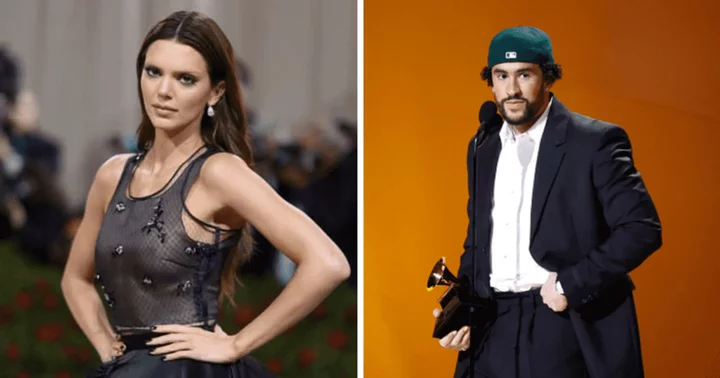
Kendall Jenner posts video of grand fireworks display from romantic Monaco vacation with Bad Bunny
Kendall Jenner and Bad Bunny spent the weekend with his friends on a yacht in the popular holiday destination
2023-05-30 23:15
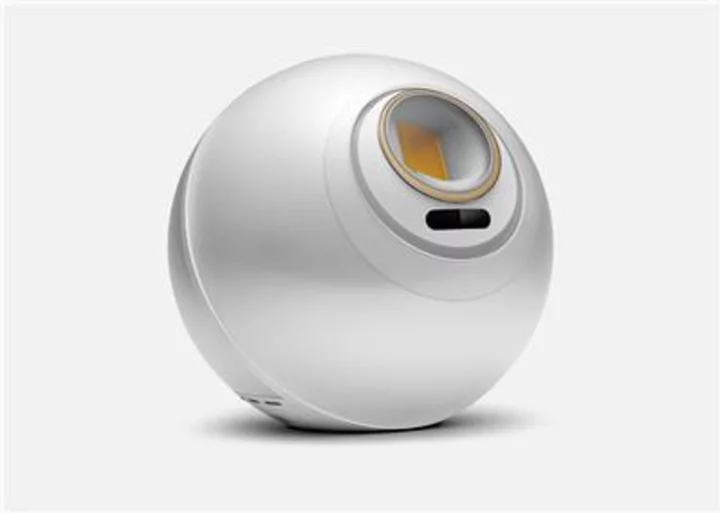
Worldcoin Project Launches
INTERNET, Everywhere / George Town, Cayman Islands--(BUSINESS WIRE)--Jul 24, 2023--
2023-07-24 15:21
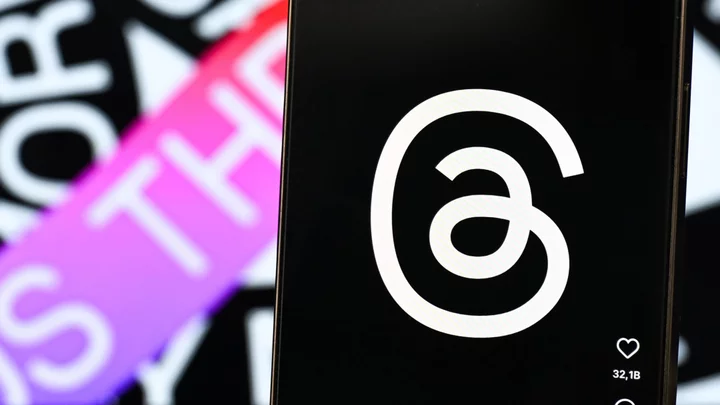
How to hide Threads replies based on specific words
Oh, so you've decided to plunge yourself into the hellscape of yet another social media
2023-07-06 18:16
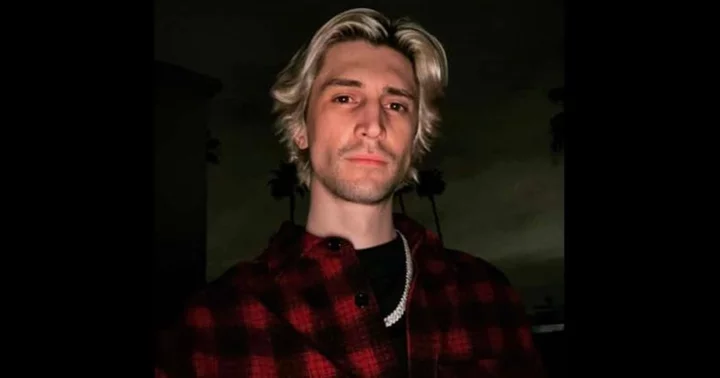
xQc: Why did police show up unannounced at streamer’s Texas house again?
xQc was visibly outraged as police showed up at his Texas house again while he was in the middle of a broadcast
2023-06-09 13:29
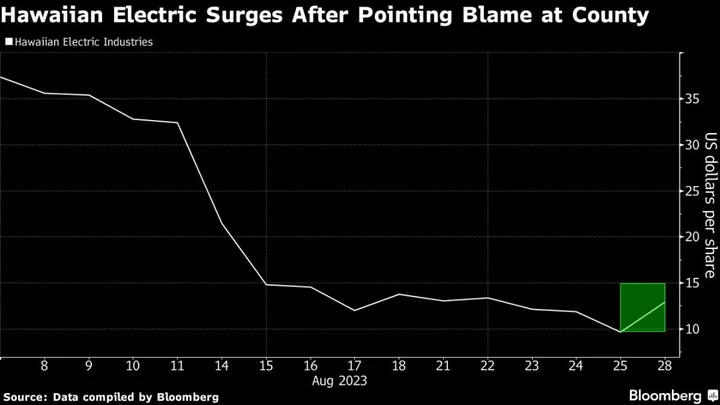
Hawaii Utility Soars After Pointing Blame for Fire at County
Hawaiian Electric Industries Inc. soared after the utility pushed back against a lawsuit filed by Maui County that
2023-08-29 00:52
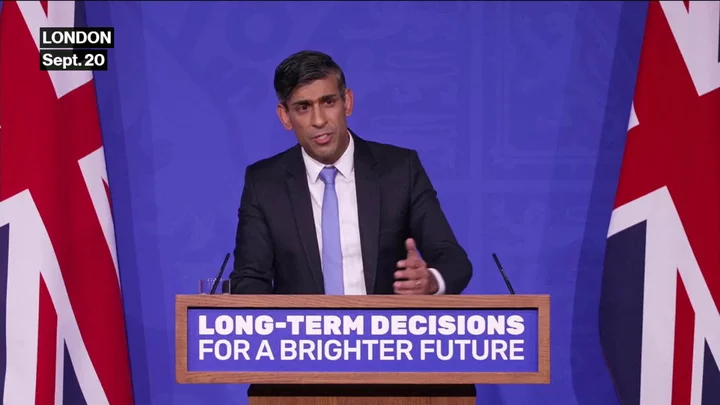
Fund Managers in ‘Complete Shock’ After Sunak’s Green Pivot
Some of the world’s biggest green investors are voicing dismay and bewilderment as they struggle to digest the
2023-09-25 19:56
You Might Like...
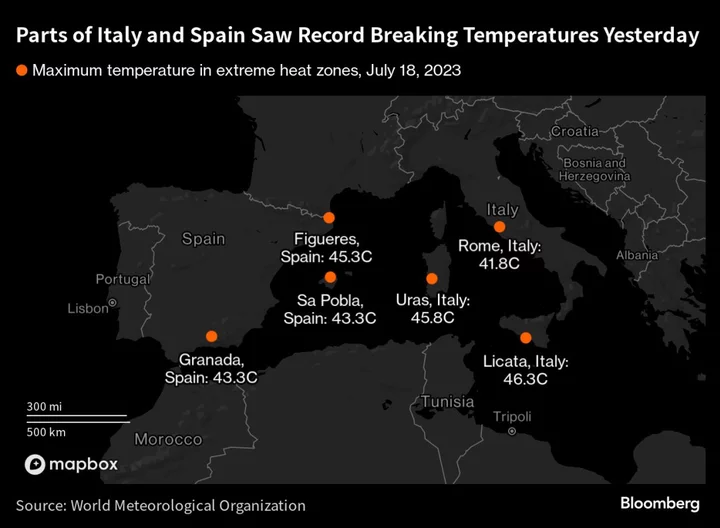
Europe’s Extreme Heat Set to Intensify as Parts of Greece Burn
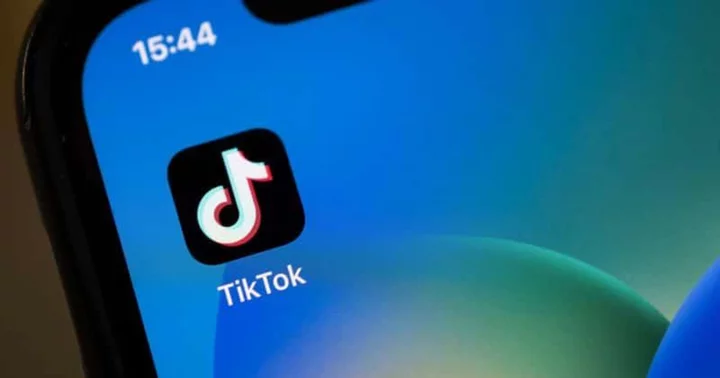
What is TikTok Wrapped? Here's 5 easy steps to get tool that reveals your stats
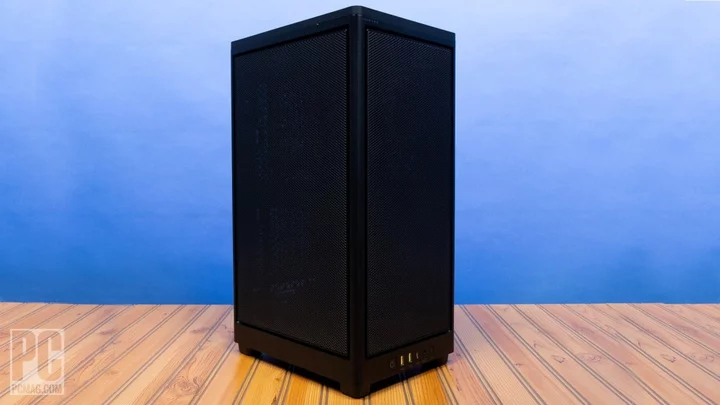
Corsair 2000D RGB Airflow Review

How to Install Mods on Starfield

Athletes who sign NLI won't face penalty if they renege due to coach change or leave before year up

Google to require disclosures of AI content in political ads
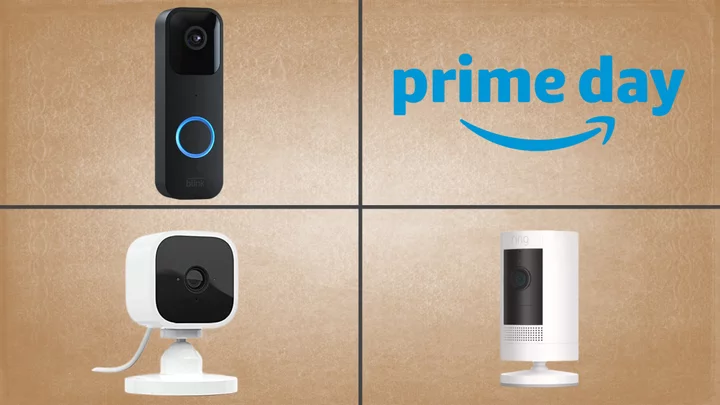
The Best Pre-Amazon Prime Day 2023 Deals on Blink Cameras
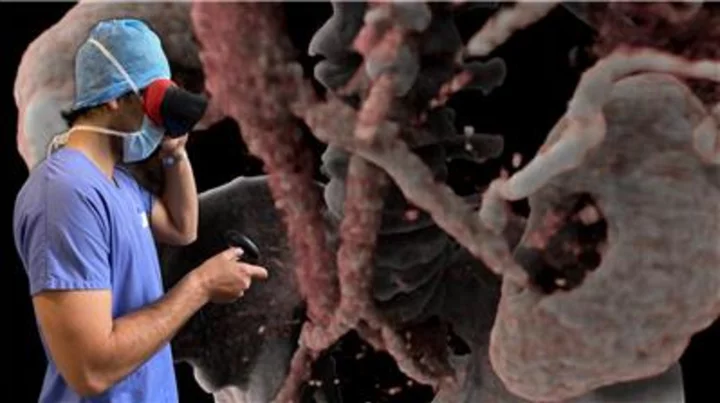
AVATAR MEDICAL Receives FDA Clearance For its Virtual Reality Surgical Planning Solution
